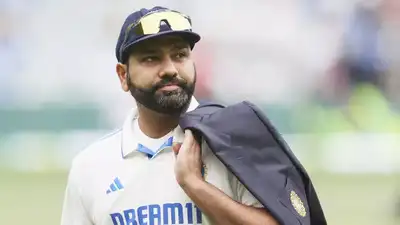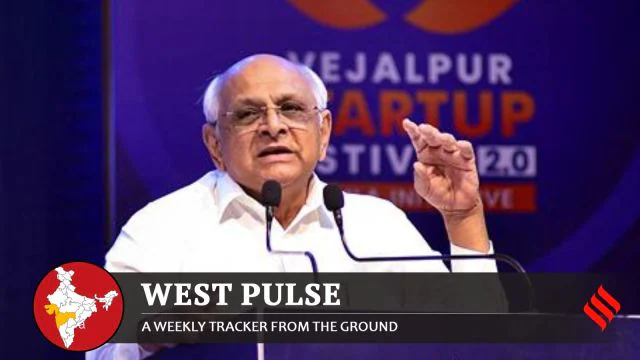The legend of India cricket, Rohit Sharma, has retired from Test cricket, thus bringing a fruitful but agitated chapter in his career to an end. This comes even before India takes the field in Test matches against England, indicating an end to his involvement with the longest format of the sport.
A Career Defining High Points and Droughts
Rohit Sharma’s Test cricket career has been one of highs and some lows. In 67 Test matches, he amassed over 4,300 runs, with 12 centuries, at a average of 40.57. While his limited-overs performances, especially in ODIs, have been nothing but brilliant, his Test cricket career has been one of highs and lows.
In recent years, his Test form had been going downhill. In his previous 19 innings, he could score only one century, and his performance during the Border-Gavaskar Trophy was particularly disappointing, with just 31 runs in five innings. This dip in form led to his non-selection in the last Test against Australia this year, the start of his departure from Test cricket.
A Strategic Choice to Retire
Rohit’s retirement from Test cricket appears to be a thought-out decision. With his age and poor form in the longest format, it’s obvious that he wishes to concentrate on his strengths in other formats. Rohit shines in ODIs as well, where he also has the highest individual score in the game (264 runs) and the unique distinction of being the only player with three double centuries in the format. His captaincy was a major reason behind India’s success in recent international tournaments such as the 2023 World Cup and the Champions Trophy.
By taking a step back from Test cricket, Rohit ensures that he is able to keep playing his part in India’s white-ball triumph and maintain his longevity in the game.
The Leadership Transition
Rohit’s retirement from Tests will leave India with a transition in leadership. The Test team vice-captain, Jasprit Bumrah, would be a good candidate to don the captain’s hat, but handling the workload of a pacer is an issue. Another name in the leadership mix is Shubman Gill, the young batsman who has impressed in ODIs and in the IPL. With his increasing stature in Indian cricket, he can be groomed to lead India in the future.
Moving Forward
Rohit Sharma’s retirement from Test cricket is a natural process in a cricketer’s life. It enables him to exit a format that had witnessed both his greatness and travails with dignity. As India steps into the future, the side will look to capitalize on his legacy while grappling with the shifts in leadership.
The Indian cricket team thus embarks on a new chapter in its pursuit of success in Test cricket, with new leadership and new challenges ahead.






